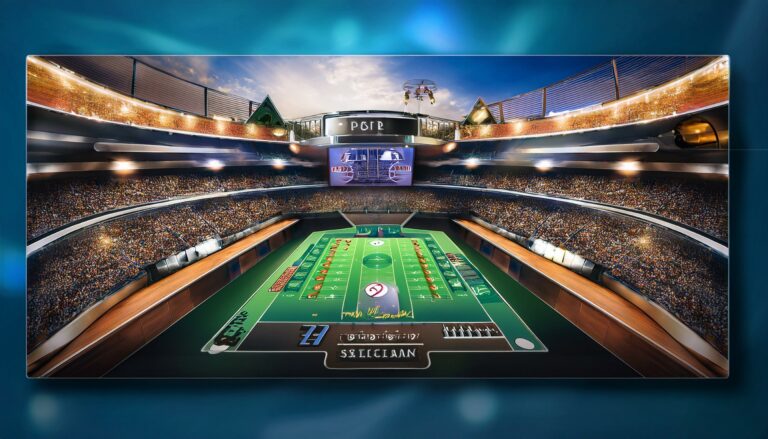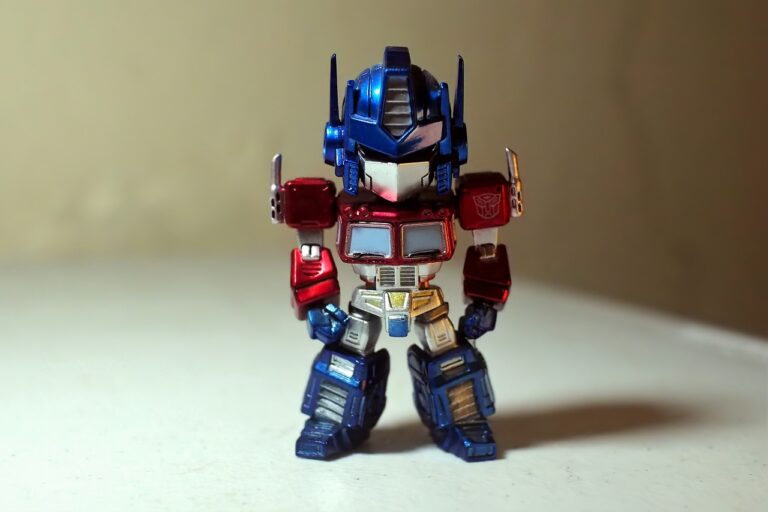Trends in Native Advertising Formats: Sponsored Content, Branded Content, and More: 11xplay online, Indian 24bet, Skyinplay login
11xplay online, indian 24bet, skyinplay login: Native advertising has been on the rise in recent years as brands and marketers look for new ways to connect with consumers in a more organic and engaging manner. Sponsored content, branded content, and other native ad formats have become increasingly popular as they blend seamlessly into the user experience on various platforms.
One of the most common native advertising formats is sponsored content, where brands pay to have their content featured on a publisher’s site. This type of content is often labeled as “sponsored” or “promoted” to indicate that it is paid for, but it is designed to look and feel like the rest of the publisher’s content. Sponsored content can take many forms, from articles and videos to social media posts and podcasts.
Branded content is another popular native ad format where brands create their content that aligns with their messaging and values. This content is then distributed on platforms where their target audience is likely to see it. Branded content allows brands to tell their story in a more authentic way and connect with consumers on a deeper level.
Other native advertising formats include in-feed ads, search and promoted listings, recommendation widgets, and influencer partnerships. These formats are designed to seamlessly integrate into the user experience on various platforms, making them less intrusive and more engaging for consumers.
As native advertising continues to evolve, we are seeing new trends emerge in terms of format and distribution. Here are some of the latest trends in native advertising:
1. Video content: Video has become increasingly popular in native advertising as it is more engaging and shareable than text or images.
2. Interactive content: Interactive content, such as quizzes, polls, and games, is gaining traction in native advertising as it allows for more personalized and immersive experiences.
3. Native ads on social media: With the rise of social media platforms like Instagram and TikTok, brands are leveraging native ads to reach a wider audience and drive engagement.
4. Programmatic native advertising: Programmatic advertising technologies are being used to automate the buying and placement of native ads, making it easier for brands to scale their campaigns.
5. Transparency and disclosure: With regulations around native advertising becoming stricter, brands are focusing more on transparency and disclosure to ensure that consumers know when they are viewing sponsored content.
6. Mobile-first native ads: With more consumers accessing content on mobile devices, brands are optimizing their native ad campaigns for mobile to reach consumers on the go.
In conclusion, native advertising formats like sponsored content, branded content, and other native ad formats are becoming increasingly popular as brands look for new ways to connect with consumers in a more organic and engaging manner. By staying up to date on the latest trends in native advertising, brands can create more effective campaigns that resonate with their target audience.
—
**FAQs:**
1. What is the difference between sponsored content and branded content?
Sponsored content is when a brand pays to have its content featured on a publisher’s site, while branded content is content created by the brand itself.
2. How can brands ensure transparency in their native advertising campaigns?
Brands can ensure transparency by clearly labeling their sponsored content as “sponsored” or “promoted” and disclosing any partnerships or paid relationships.
3. What are some best practices for creating effective native ad campaigns?
Some best practices include creating high-quality, engaging content that aligns with your brand messaging, targeting the right audience, and optimizing for mobile devices.







